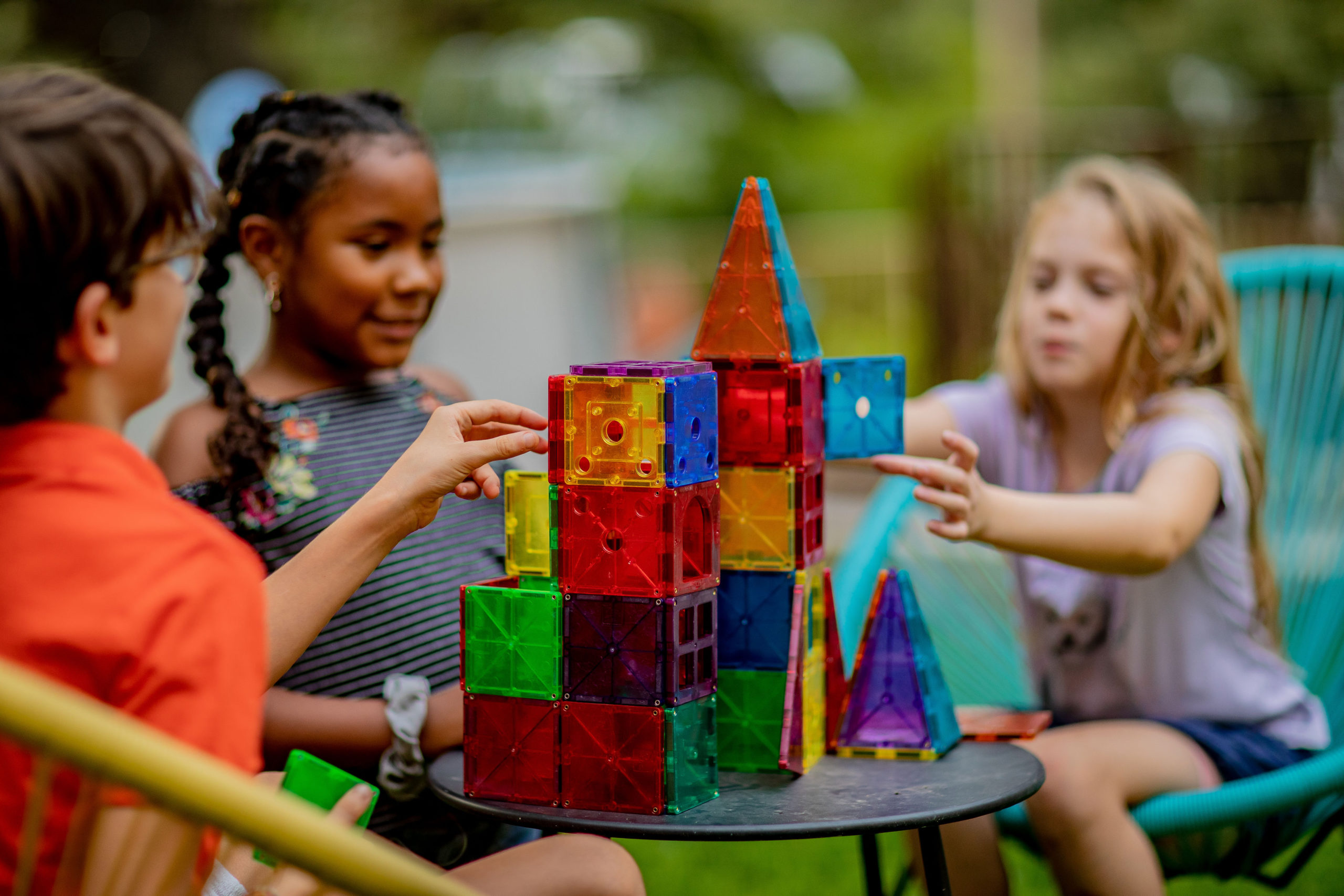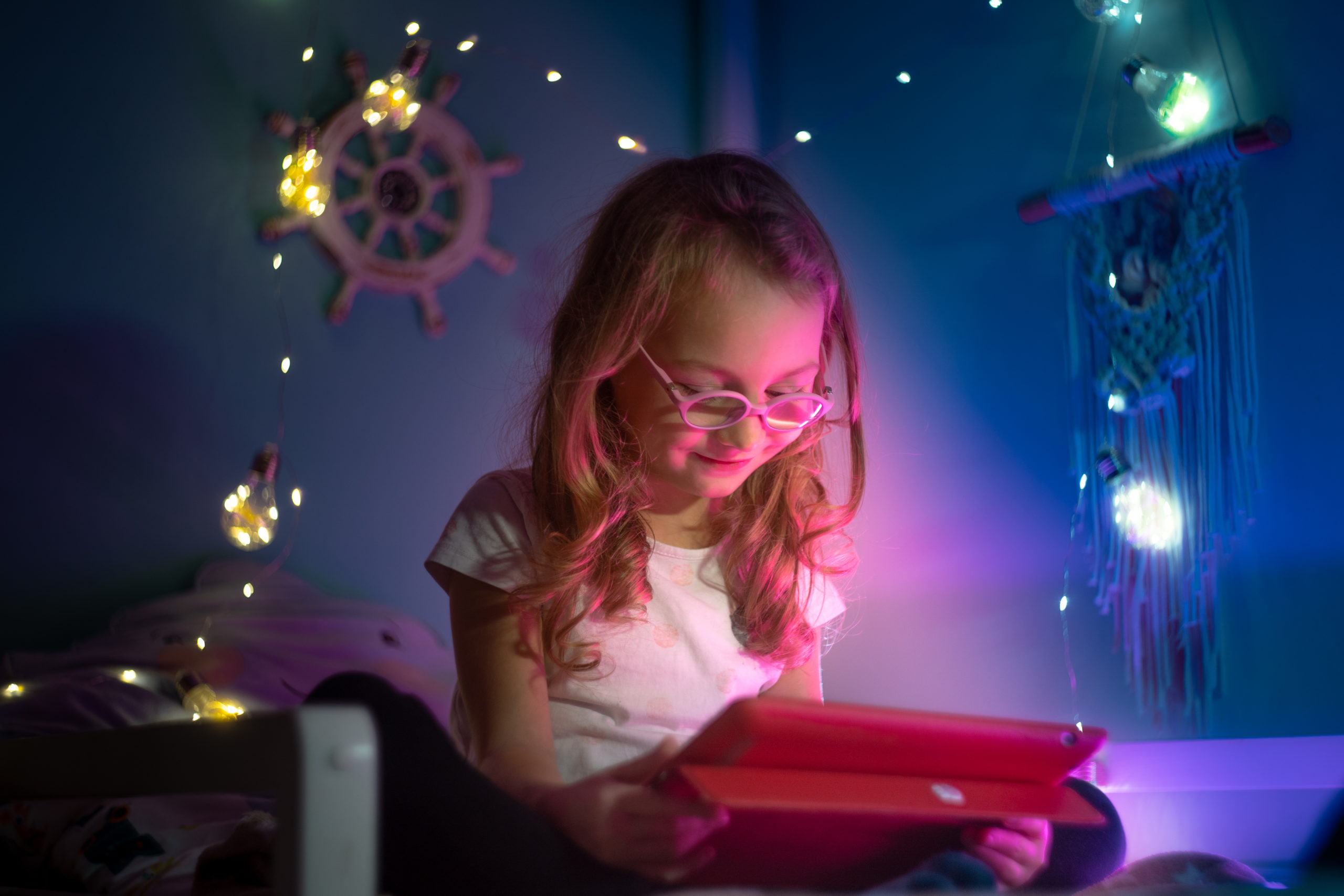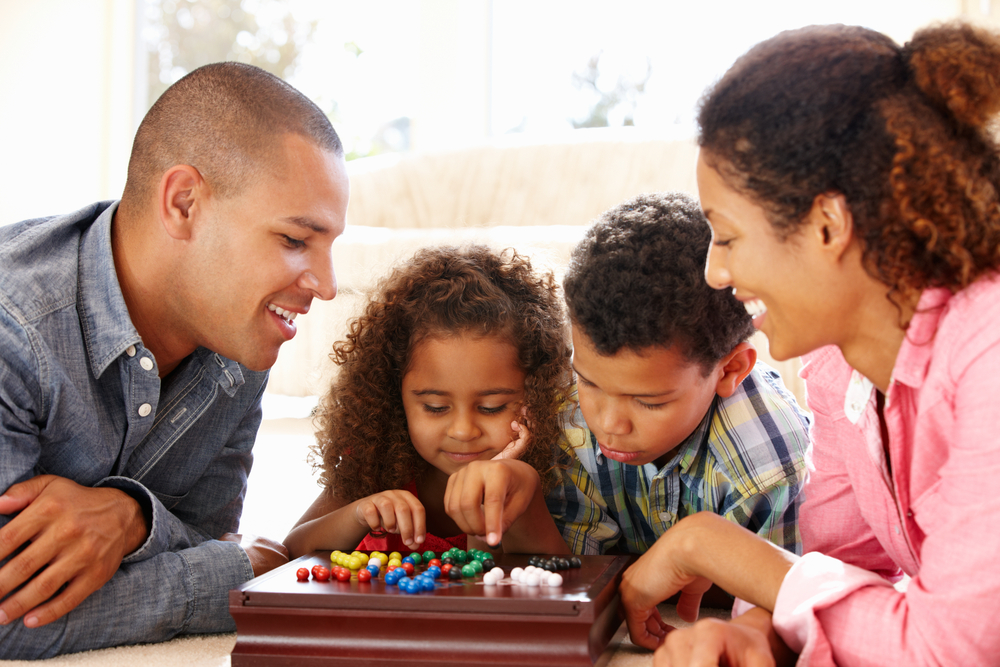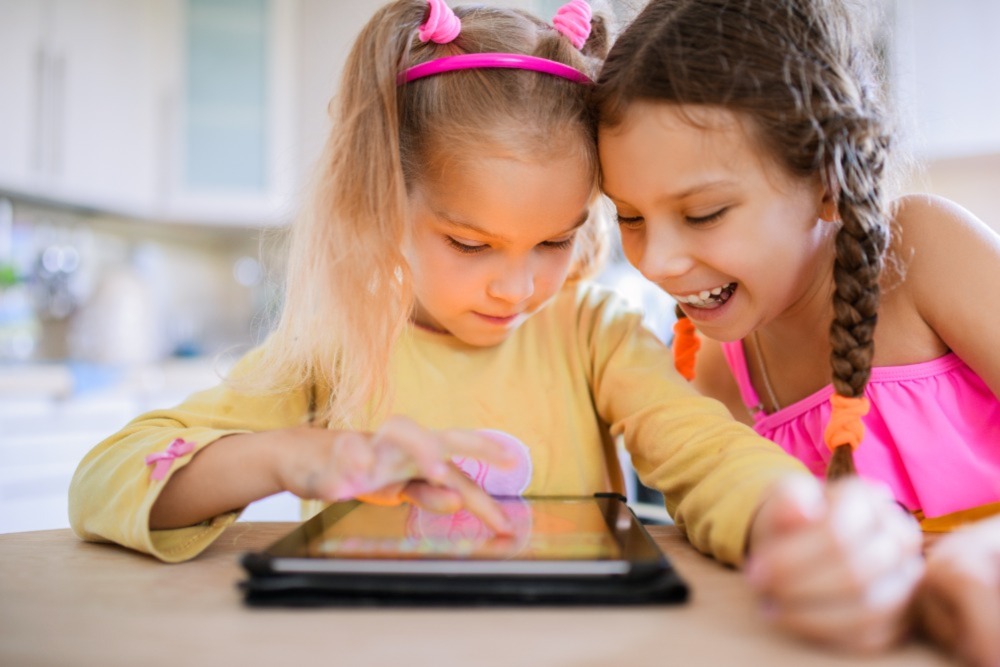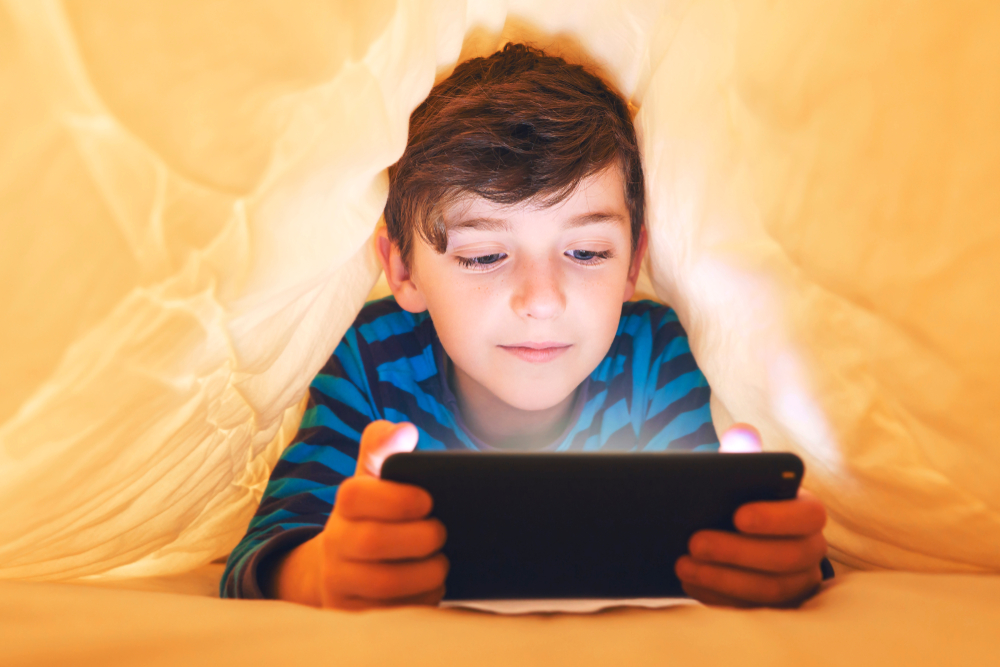Do Online Experiences Have a Place in Play-Based Learning?
Kids of all ages are drawn to play. In fact, many adults are too. Have you seen the massive Lego sets designed for people 18+ (that cost hundreds of dollars)??? No matter our age, our love of play never really goes away.
But, for most of our lives, there has been play-time, and then work-time. Or school-time. And they don’t mix. One is fun, and the other just has to be done. Usually, play must wait until the rest of our responsibilities are taken care of. And that’s a shame. Why, you might ask?
Because there’s a lot of learning to be gained from play.
As more and more research shows the benefits of play-based learning, a shift is slowly coming. There’s talk of less academics and more play for preschoolers. But then there’s always the pushback that they must be kindergarten-ready. And parents are still searching for the best curriculum for teaching their 4-year-old to read.
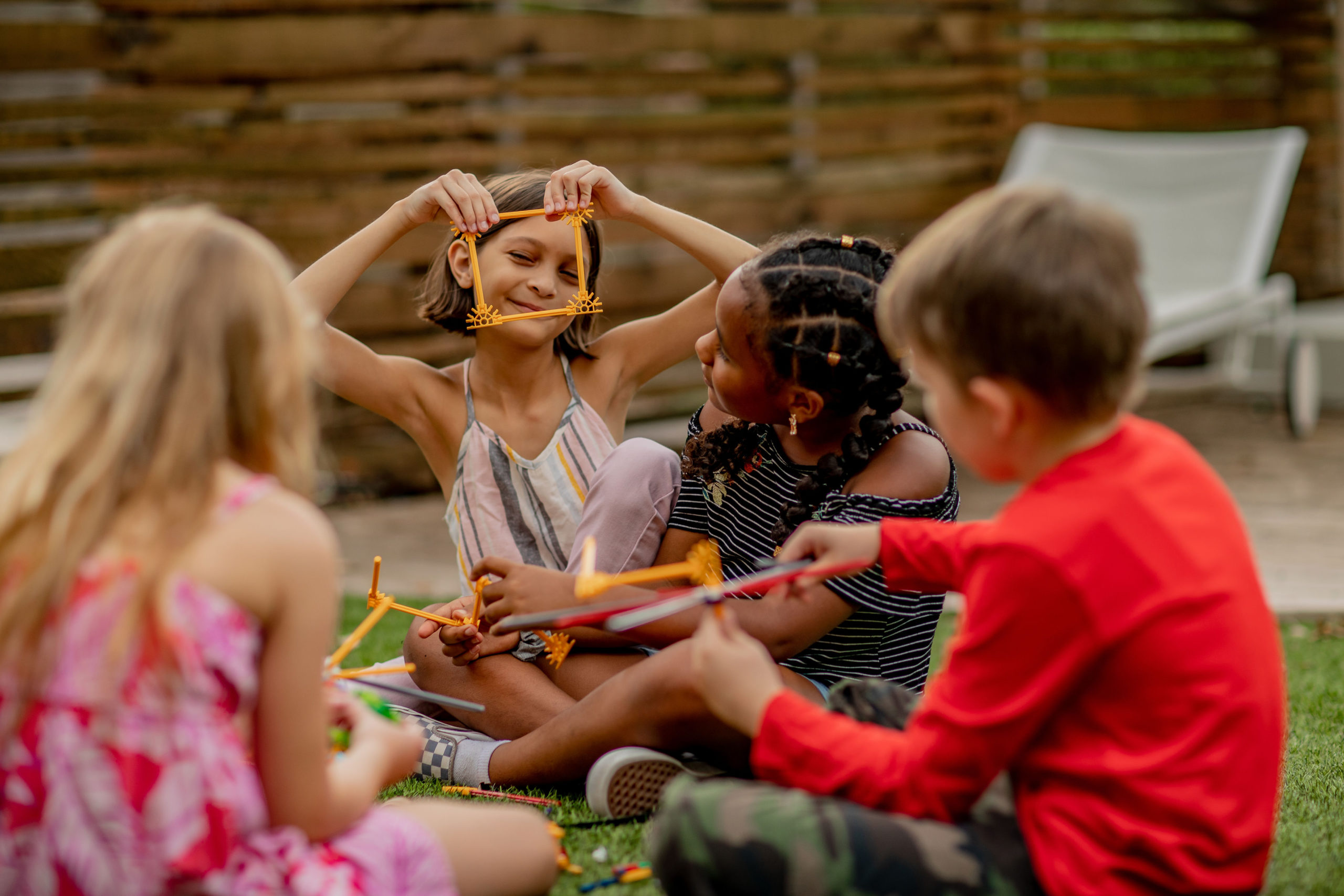
And while all those thoughts are understandable and important, we’re missing out on all the natural education that takes place during unstructured free time. To really learn the skills they need to succeed, kids and adults alike need more play.
What is Play-Based Learning?
There are two different ways to think about play-based learning.
The first refers to a style of learning that teachers or guides can use to keep learning tasks entertaining. They turn learning time into play — possibly incorporating toys or other manipulatives into the lesson to keep it fun. It’s more guided play than free play.
And while this can be a great option for classrooms, we’re going to be talking more about the other style of play-based learning — unstructured free time.
This is play in its truest form. Your child has lots of control over how they’re spending this time. You’re likely providing the environment — a park, playroom, or a Montessori-style classroom. But they get to choose how to navigate this environment (within safe limits, of course).
Most of the time, this style of play doesn’t have any learning assigned to it (though if you’re talking about a traditional Montessori classroom, each job has a purpose). But even without a planned lesson to go with the play, you’ll find a ton of learning happens naturally.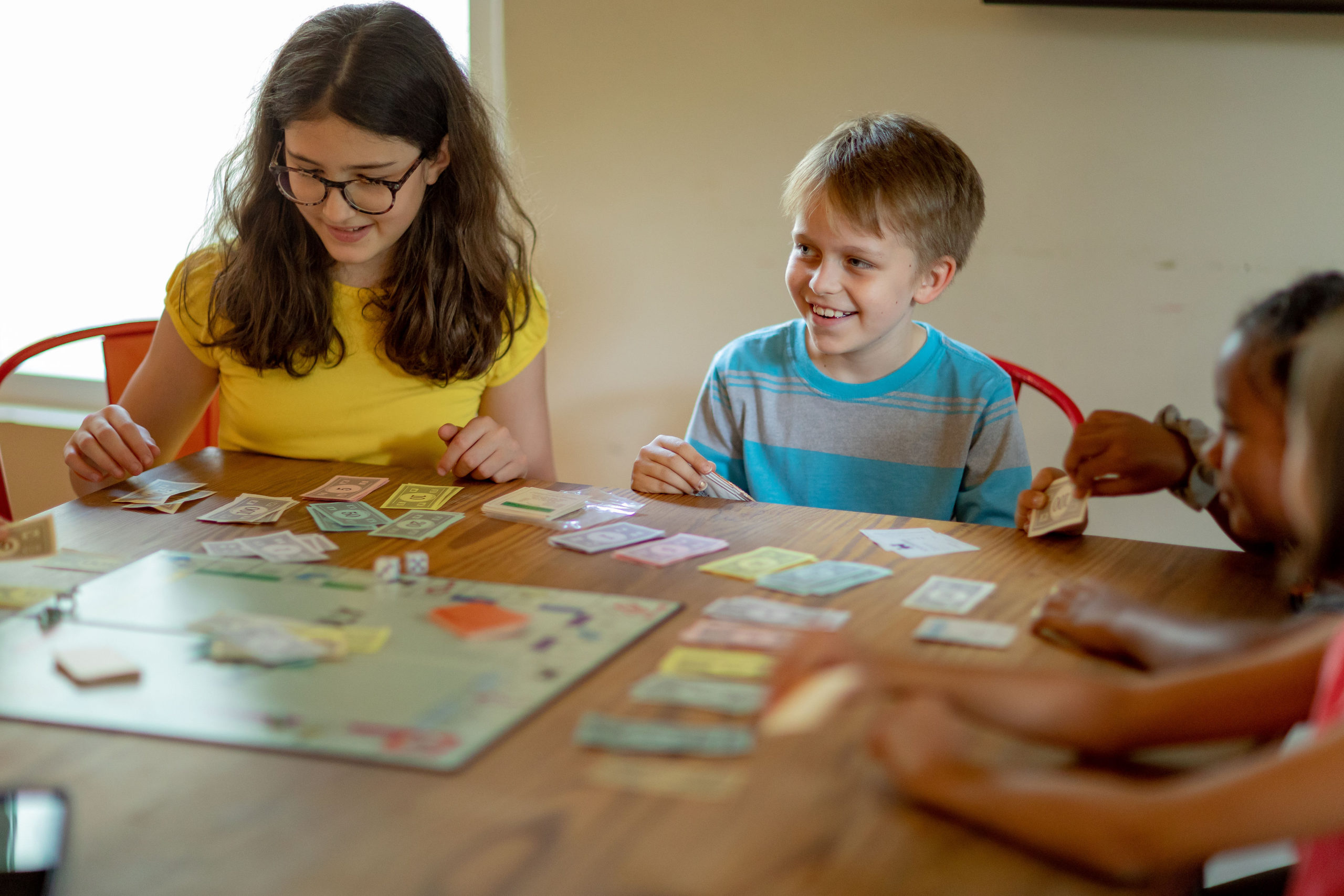
The 5 Characteristics of Play-Based Learning
There are a few key components needed to create true, playful learning experiences. For something to be classified as child-led, play-based learning, the experience should be:
- Joyful
- Meaningful
- Actively Engaging
- Iterative
- Socially Interactive
When you have each of the above traits, then you know your child’s brain is lighting up and accepting learning. Yep, this is all based in neuroscience, and it’s amazing.
But what exactly are you looking for when your child is playing? And why are these characteristics of play important? Let’s break each one down.
Joyful
This one likely feels pretty obvious — especially if you think about it in terms of work vs play. Work is the stuff we have to do — our jobs, chores, etc. But play is the stuff we want to do. And you want to do these things because they bring you some sense of joy or happiness.
But even beyond that, those joyful feelings mean your brain is experiencing an increase in dopamine. The dopamine brings on even more positive feelings. And this happiness primes the brain for better learning.
Happy, joyful feelings can lead to better decision-making, enhanced attention, and improved information processing. And that all means better learning.
Meaningful
Do you remember asking your teacher why you needed to know some random facts or math concepts back in your school days? And when the answer was only “it’s on the test” — well, those concepts probably didn’t stick.
But when we’re learning about something we’re actually interested in, it automatically carries meaning. It’s answering a question you have, or it’s helping you get to the next step in the overall learning process.
And when learning carries meaning for you, your brain is better able to process new information and connect it to your existing mental frameworks. Which means this knowledge is more likely to stick. Because now you have a reason for it to.
Actively Engaging
It’s hard to fully absorb a topic as a passive listener. Thoughts drift, you start to feel tired, or you’re just itching to get to the next thing on your to-do list. The stuff you actually want to do.
But when you’re actively engaged in an activity, you’re taking it all in. Your body and mind are both working hard to create something. And you’ve likely chosen to do it. Your focus is strong, and you may even lose track of time.
When your child is choosing an activity that excites them and brings them joy, the active engagement comes naturally. And with it comes better attention control, memory retrieval, confidence, and stress regulation.
Iterative
Have you seen this quote around social media?
“Scientists have discovered that it takes approximately 400 repetitions to create a new synapse in the brain, unless it is done in play, in which case it only takes 10 to 20 repetitions.”
This is attributed to Dr. Karyn Purvis, and while there’s a bit of debate around the validity of this statement, it certainly feels true. And that’s partly because play is naturally iterative.
Every child uses repetition as they’re practicing new skills. Little ones just learning to walk may go round and round in circles in the kitchen for a full 30 minutes while you’re cooking dinner. Or they spend hours working the monkey bars, even well after they’ve conquered them for the first time. Why?
Because repetition builds mastery (as well as perseverance, cognitive flexibility, and creative thinking).
Socially Interactive
Play is often most fun with other people. Sure, your child can spend hours enjoying a solo Lego build, but even that builds social skills — such as following directions and adapting to the current environment.
If you’ve ever watched kids on a playground, you’ll see them naturally forming groups and starting up random games. It’s amazing how quickly this can come together. And the more they do it, the better their social skills — like teamwork, cooperation, and even empathy — get.
What Play-Based Learning Typically Looks Like
It’s easy to imagine play. We’ve all done it, and if you’re reading this, you likely see kids engaging in play on a regular basis. 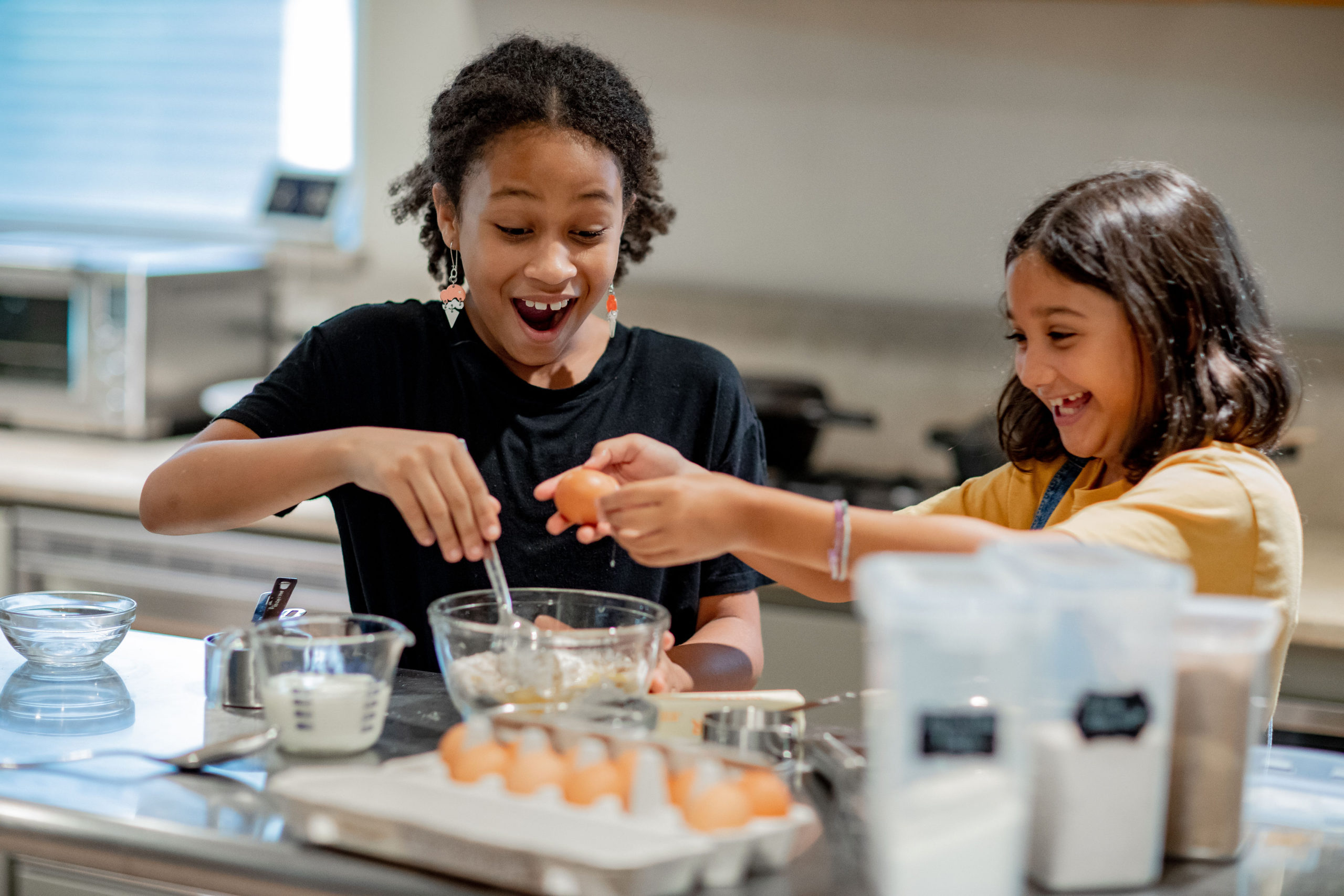
You’ll often see risky playground play as they climb and jump around. You’ll notice them building spatial awareness as they create with wooden blocks or Legos. You may even notice them discovering basic physics concepts as they race their monster trucks down an inclined track.
Whether they’re storytelling with stuffies, splashing in a water table, or serving up fake food in their play kitchen, they’re learning. And while it’s easy to acknowledge this in toddlers and preschoolers, the idea that play is not enough starts to creep in as they approach kindergarten.
But your older child can still learn a lot through play! It just looks a bit different than their toddler years. And in today’s society, a lot of play-based learning is happening inside of online experiences, like Roblox.
How Online Experiences and Video Games Fit Into Play-Based Learning
We’ve spent a lot of time talking about what makes something “play”. And while most people will acknowledge that Roblox is play (though they may view it as less than when compared to the play experiences mentioned above), people continue to doubt the learning that comes from these online worlds.
But just as with all other types of play, the learning is baked into the experience.
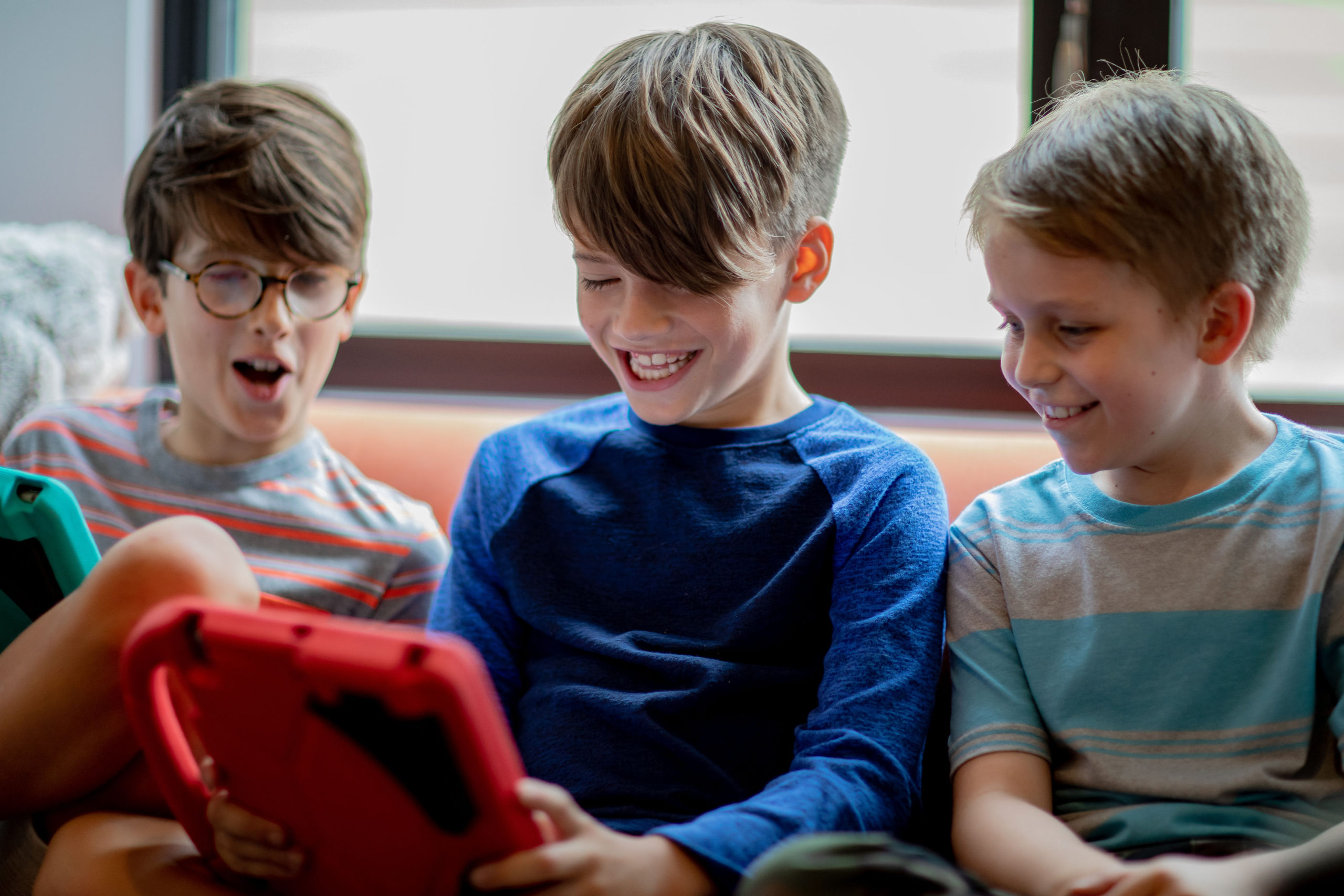
1. Joy in Gaming
Kids are choosing to play Roblox because it brings them joy. The experiences are interesting and the game reward systems (found in most online experiences) drive that dopamine response, encouraging better, more efficient learning.
2. Meaningful Experiences in Gaming
For non-gaming adults, this one might feel like a stretch. But for gamers, they are always working towards a goal, and that gives a lot of meaning to these games. Even better, there is almost constant exposure to new ideas and stimuli, giving gamers plenty of practice connecting what they have yet to learn to what they know.
3. Active Engagement in Gaming
When a child chooses a Roblox experience, they’re able to fully jump in and connect with it. They’re exploring the virtual environment, making choices that affect their avatar or the game outcome, and progressing in their gaming goals.
Roblox gives children a lot of autonomy. And the active engagement that comes with that is hard for a child to find elsewhere in their daily life.
4. Iteration in Gaming
Want to experience the power of iteration? Load up a Roblox obby. These virtual obstacle courses all involve a lot of jumping and climbing to reach the end. And when you first jump in, you’ll be repeating the same section over and over until you conquer it.
And with Roblox, even the same ol’ obby can feel different the next day depending on who else is in on the experience. And that brings us to our last point.
5. Social Interactions in Gaming
This is an area where Roblox really shines. Where video games of the past were often solo experiences, Roblox and other co-op games are bringing more people together in play.
Gamers can interact with others from all around the world. They learn how to navigate language differences, work as a team, and divide up tasks while gaming. And these skills will be invaluable in their up and coming, tech-enabled future.
Kinjo Can Help You Find the Learning!
Hopefully you can see the parallels between typical play-based learning and gaming. But we know it can still be difficult to rationalize the amount of time they spend in Roblox. For years parents have been hearing about the perils of screen time and video games. And that mindset doesn’t change after reading a single blog post.
But what can help is seeing the learning for yourself. And that’s where Kinjo can help!
When your child’s Roblox account is connected with Kinjo, they can earn rewards for playing the best Roblox games. Ones that are full of learning and skill building.
And great news — many of Kinjo’s recommended games are likely already some of their favorites. Now they can play, learn, and earn!
And when you couple that with Kinjo’s new Weekly Parent Insights email, you can track their progress, discover the top skills they’re working on, and learn more about where they’re spending their time.
Interested in learning more?
Visit kinjo.com and sign up for our email list today!

